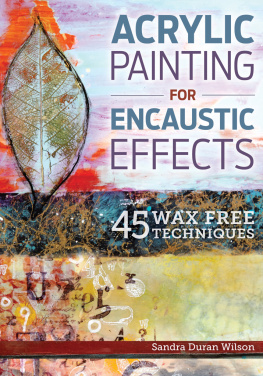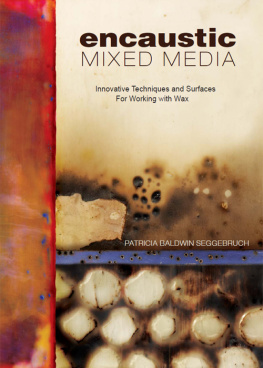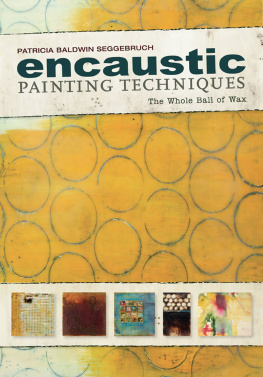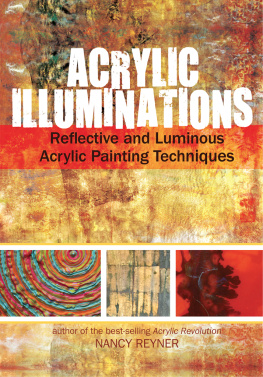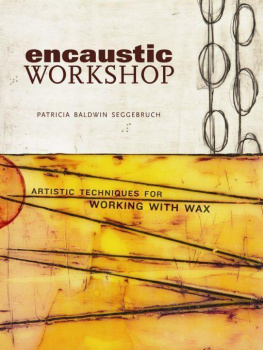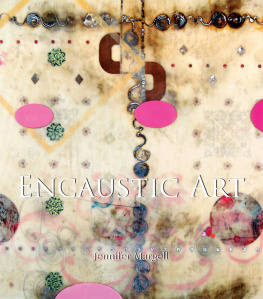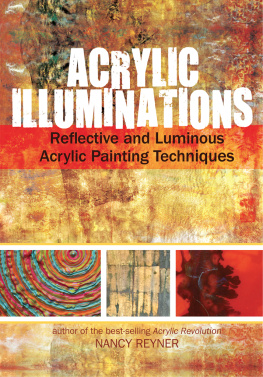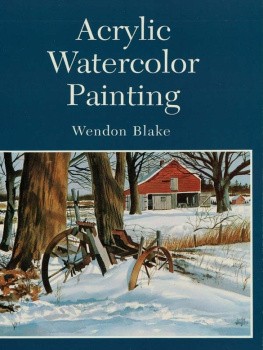Thank you for purchasing this Artist Network eBook.
Sign up for our newsletter and receive special offers, access to free content, and information on the latest new releases and must-have art resources! Plus, receive a coupon code to use on your first purchase from NorthLightShop.com for signing up.
or visit us online to sign up at
http://artistsnetwork.com/ebook-promo
Contents
CHAPTER ONE
CHAPTER TWO
CHAPTER THREE
CHAPTER FOUR
CHAPTER FIVE
CHAPTER SIX
CHAPTER SEVEN
CHAPTER EIGHT
CHAPTER NINE
CHAPTER TEN
CHAPTER ELEVEN
CHAPTER TWELVE
CHAPTER THIRTEEN
CHAPTER FOURTEEN
CHAPTER FIFTEEN
CHAPTER SIXTEEN
CHAPTER SEVENTEEN
CHAPTER EIGHTEEN
CHAPTER NINETEEN
CHAPTER TWENTY
CHAPTER TWENTY-ONE
CHAPTER TWENTY-TWO
CHAPTER TWENTY-THREE
CHAPTER TWENTY-FOUR
CHAPTER TWENTY-FIVE
CHAPTER TWENTY-SIX
CHAPTER TWENTY-SEVEN
CHAPTER TWENTY-EIGHT
CHAPTER TWENTY-NINE
CHAPTER THIRTY
CHAPTER THIRTY-ONE
CHAPTER THIRTY-TWO
CHAPTER THIRTY-THREE
CHAPTER THIRTY-FOUR
CHAPTER THIRTY-FIVE
CHAPTER THIRTY-SIX
CHAPTER THIRTY-SEVEN
CHAPTER THIRTY-EIGHT
CHAPTER THIRTY-NINE
CHAPTER FORTY
CHAPTER FORTY-ONE
CHAPTER FORTY-TWO
CHAPTER FORTY-THREE
CHAPTER FORTY-FOUR
CHAPTER FORTY-FIVE
CHAPTER FORTY-SIX
CHAPTER FORTY-SEVEN
What You Need
Mediums
There are so many different gels, pastes and mediums out there that it can be a bit confusing. I hope to introduce you to many of the different ones and some of the applications they have. You will see from my formulas that you can substitute different gels and mediums to achieve similar effects. I tend to use Golden products because I am familiar with their properties. You may substitute other brands, just be aware that they are sometimes called by different names and not all have the same properties. I also use Liquitex, Matisse, DecoArt and TriArt. Here is a short list of my go-to mediums.
Soft gel gloss
Molding paste
Light molding paste
Polymer medium gloss
Fluid matte medium
Paints
The paints I used are listed in each chapter. I like to use many different paint brands, but I almost always use a soft body or fluid paint. If you only have heavy body paints you may still use them, you will just need to dilute them with a small amount of water or polymer medium. Some of my favorite colors are:
Quinacridone: Gold, Magenta, Burnt Orange
Phthalo: Turquoise, Green, Blue
Dioxazine Purple
Teal
Sepia
Metallic
Paynes Gray
Yellow Ochre
Pyrrole: Red, Orange
Painting Surfaces
For most of the paintings in this book I have used Ampersand panels. Each chapter will specify what type of surface the panel had: gessobord, claybord, encausticbord or aquabord. Other panels may be substituted with varying results. Some of these techniques may also be done on canvas, paper or fabric.
Misc.
There are so many things that artists find to use in ways they were never intended. Hardware stores and kitchen supply stores are two of my favorite art supply stores. I do shop at art supply stores and specialty painting stores too. Here is a short list of some of the products you will find used in this book. Again, check each chapter for a complete list of materials needed.
Gold leaf
Cheescloth
Crackle paste
Deli sheets
Stayz-On ink
Elmers glue
Sandpaper
Plastic drop cloth
Fusible webbing
*See each chapter for a complete listing.
Contemplation
48" 12" (122cm 30cm)
Introduction
What is it that everyone loves about the look of encaustic painting? Is it the satiny sheen, the luminous layers, the veiled mystery? Yes, so why not wax? I love the look of encaustic paintings, but I am not fond of the fumes or the heat. I have worked in encaustic and I really love encaustic printmaking, but when it comes to painting, I love my acrylics. My painting style lends itself to the look of encaustic because I paint in many thin layers. I am frequently asked if my paintings are encaustic, so I thought I would share what I do with you so you too can get the look. I have developed over 45 techniques that can be used to achieve an encaustic effect using acrylics, and you wont need special tools, equipment or paints.
Faux encaustic is not faster or easier than wax. In fact, it is a bit more time consuming, but I find that I have more options and possibilities. The first and most important process for faux encaustic is understanding viscosity, transparency, then the layers and the sheen or luminosity. Also, there are many great acrylic techniques that are not possible with wax. And yes, there are techniques you can get with wax that you cant with acrylics, but I will show you ways to get similar effects.
Its all about building layers that are partially veiled to create great depth, history and mystery. These techniques may be adapted to whatever your painting style may be: landscape, portrait, still life, surreal or abstract. Some of the techniques here may look familiar from some of my previous books. This book is different in that it isnt just a compendium of techniques but a way of developing a painting. Each chapter is like a project in that you can either follow it from start to finish, exactly like I have, or you can use the concepts to develop your own painting using your own style. Enjoy, experiment and share what you discover.

